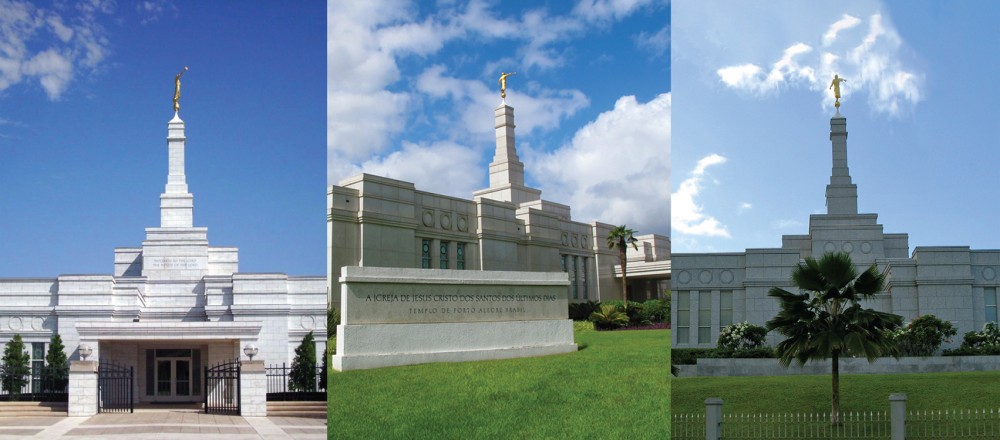Global Mormonism and its growing pains
Most LDS members are not from the United States. The church’s leadership and practices are another story.

Like many churches, the Church of Jesus Christ of Latter-day Saints is being transformed by the rapid growth of its membership in the Global South. But with the LDS Church, that shift is all the more striking because the theology and traditions of Mormonism are so firmly bound up with the territory of the United States itself, where the narrative told by the Book of Mormon reputedly occurred. How does the church deal with globalization?
The LDS Church officially counts some 16.6 million believers worldwide, of whom just 6.7 million, or 40 percent, live in the United States. Another 6.9 million live elsewhere in the Americas, and growth is marked in both Africa and Asia.
The same distribution emerges if we look at the temples that are essential to LDS ritual life. In 2019 there were more temples outside the United States than inside, and that trend is set to continue. Last October, the church announced the construction of six new temples: one in Utah and five outside the United States (in Guatemala, Brazil, Bolivia, and the Pacific island states of Kiribati and Vanuatu). A church once seen as quintessentially American has gone global and will be ever more so.





